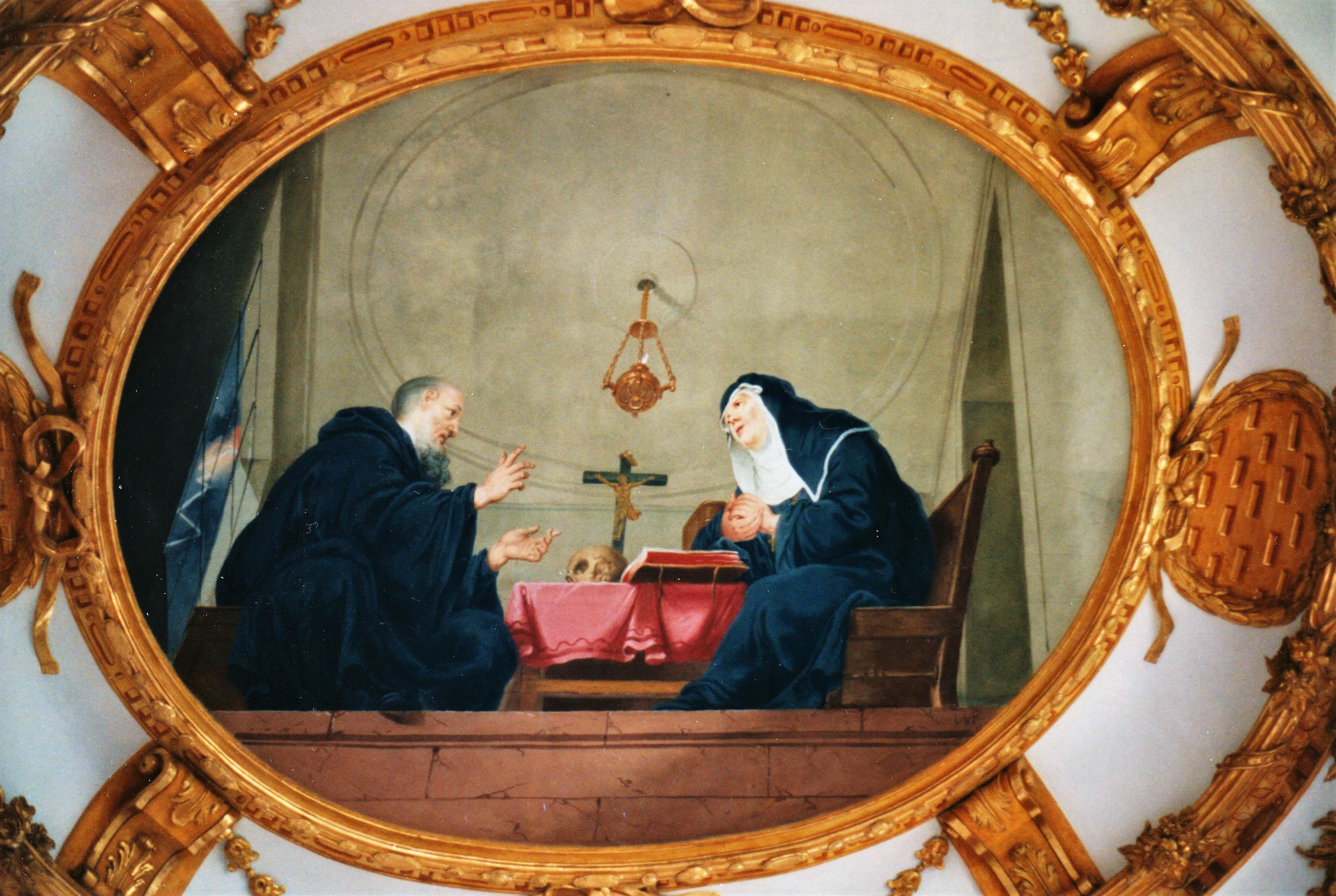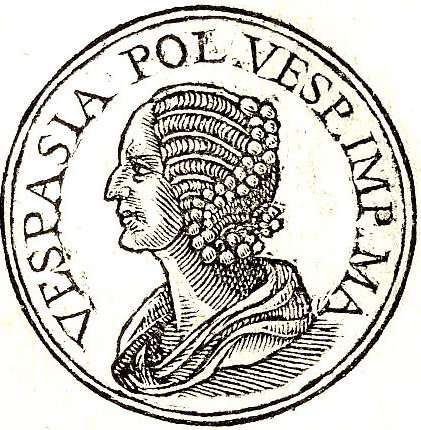|
Nursia
Norcia (), traditionally known in English by its Latin name of Nursia (), is a town and comune in the province of Perugia (Italy) in southeastern Umbria. Unlike many ancient towns, it is located in a wide plain abutting the Monti Sibillini, a subrange of the Apennines with some of its highest peaks, near the Sordo River, a small stream that eventually flows into the Nera. The town is popularly associated with the Valnerina (the valley of that river). The area is known for its air and scenery, and is a base for mountaineering and hiking. It is also widely known for hunting, especially of the wild boar, and for sausages and ham made from wild boar and pork. Such products have been named after Norcia; in Italian, they are called ''norcineria''. History Traces of human settlement in Norcia's area date back to the Neolithic Age. The town's known history begins with settlement by the Sabines in the 5th century BC. After the conquest by the Romans in the 3rd century BC, it was a ... [...More Info...] [...Related Items...] OR: [Wikipedia] [Google] [Baidu] |
Benedict Of Nursia
Benedict of Nursia ( la, Benedictus Nursiae; it, Benedetto da Norcia; 2 March AD 480 – 21 March AD 548) was an Italian Christian monk, writer, and theologian who is venerated in the Catholic Church, the Eastern Orthodox Church, the Oriental Orthodox Churches, the Anglican Communion and Old Catholic Churches. He is a patron saint of Europe. Benedict founded twelve communities for monks at Subiaco, Lazio, Italy (about to the east of Rome), before moving to Monte Cassino in the mountains of central Italy. The Order of Saint Benedict is of later origin and, moreover, is not an "order" as is commonly understood but merely a confederation of autonomous congregations. Benedict's main achievement, his ''Rule of Saint Benedict'', contains a set of rules for his monks to follow. Heavily influenced by the writings of John Cassian, it shows strong affinity with the Rule of the Master, but it also has a unique spirit of balance, moderation and reasonableness (, ''epieíke ... [...More Info...] [...Related Items...] OR: [Wikipedia] [Google] [Baidu] |
Benedictine
, image = Medalla San Benito.PNG , caption = Design on the obverse side of the Saint Benedict Medal , abbreviation = OSB , formation = , motto = (English: 'Pray and Work') , founder = Benedict of Nursia , founding_location = Subiaco Abbey , type = Catholic religious order , headquarters = Sant'Anselmo all'Aventino , num_members = 6,802 (3,419 priests) as of 2020 , leader_title = Abbot Primate , leader_name = Gregory Polan, OSB , main_organ = Benedictine Confederation , parent_organization = Catholic Church , website = The Benedictines, officially the Order of Saint Benedict ( la, Ordo Sancti Benedicti, abbreviated as OSB), are a monastic religious order of the Catholic Church following the Rule of Saint Benedict. They are also sometimes called the Black Monks, in reference to the colour of their religious habits. They w ... [...More Info...] [...Related Items...] OR: [Wikipedia] [Google] [Baidu] |
Norcia
Norcia (), traditionally known in English by its Latin name of Nursia (), is a town and comune in the province of Perugia (Italy) in southeastern Umbria. Unlike many ancient towns, it is located in a wide plain abutting the Monti Sibillini, a subrange of the Apennines with some of its highest peaks, near the Sordo River, a small stream that eventually flows into the Nera. The town is popularly associated with the Valnerina (the valley of that river). The area is known for its air and scenery, and is a base for mountaineering and hiking. It is also widely known for hunting, especially of the wild boar, and for sausages and ham made from wild boar and pork. Such products have been named after Norcia; in Italian, they are called ''norcineria''. History Traces of human settlement in Norcia's area date back to the Neolithic Age. The town's known history begins with settlement by the Sabines in the 5th century BC. After the conquest by the Romans in the 3rd century BC, it was a ... [...More Info...] [...Related Items...] OR: [Wikipedia] [Google] [Baidu] |
Scholastica
Scholastica (c. 480 – 10 February 543) is a saint of the Catholic Church, the Eastern Orthodox Churches and the Anglican Communion. She was born in Italy. According to a ninth century tradition, she was the twin sister of Benedict of Nursia. Her feast day is 10 February, Saint Scholastica's Day. Scholastica is traditionally regarded as the founder of the Benedictine nuns. Life According to the '' Dialogues'' of Gregory the Great, Scholastica was born c. 480 in Nursia, Umbria, of wealthy parents (Anicius Eupropius and his wife Claudia Abondantia Reguardati). While Gregory states that Scholastica was Benedict's sister, a later tradition says she was his twin (whether this is meant biologically or spiritually, or both is unclear). Gregory also says she was dedicated to God from a young age. She and her brother Benedict were brought up together until the time he left to pursue studies in Rome. A young Roman woman of Scholastica's class and time would likely have remained in h ... [...More Info...] [...Related Items...] OR: [Wikipedia] [Google] [Baidu] |
Monastery Of St
A monastery is a building or complex of buildings comprising the domestic quarters and workplaces of monastics, monks or nuns, whether living in communities or alone ( hermits). A monastery generally includes a place reserved for prayer which may be a chapel, church, or temple, and may also serve as an oratory, or in the case of communities anything from a single building housing only one senior and two or three junior monks or nuns, to vast complexes and estates housing tens or hundreds. A monastery complex typically comprises a number of buildings which include a church, dormitory, cloister, refectory, library, balneary and infirmary, and outlying granges. Depending on the location, the monastic order and the occupation of its inhabitants, the complex may also include a wide range of buildings that facilitate self-sufficiency and service to the community. These may include a hospice, a school, and a range of agricultural and manufacturing buildings such as a barn, a ... [...More Info...] [...Related Items...] OR: [Wikipedia] [Google] [Baidu] |
Quintus Sertorius
Quintus Sertorius (c. 126 – 73 BC) was a Roman general and statesman who led a large-scale rebellion against the Roman Senate on the Iberian peninsula. He had been a prominent member of the populist faction of Cinna and Marius. During the later years of the civil war of 83–81 BC, he was sent to recover the Iberian Peninsula. When his faction lost the war he was proscribed (outlawed) by the dictator Sulla. Supported by a majority of the native Iberian tribes, Sertorius skillfully used irregular warfare to repeatedly defeat various commanders sent by Rome to subdue him. He was never decisively beaten on the battlefield and remained a thorn in the Senate's side until his murder in 73 BC. The famous Greek biographer Plutarch dedicated one of his Parallel Lives to Sertorius; in it he pairs Sertorius with Eumenes. Like Eumenes, Sertorius was betrayed by his own men. [...More Info...] [...Related Items...] OR: [Wikipedia] [Google] [Baidu] |
Vespasia Polla
Vespasia Polla (also known as Vespasia Pollia, born c. 15 BC, fl 1st century AD) was the mother of the Roman emperor Vespasian, and grandmother to the emperors Titus and Domitian. Polla came from an equestrian family at Nursia. Suetonius identifies her father as the Vespasius Pollio who was a three-time military tribune and a ''praefectus castrorum''. Her brother rose as high as the praetorship. The Vespasii were regarded as an old family of great renown, and Suetonius notes a site called ''Vespasiae'' where many of their monuments had been built. This site was located on a mountaintop near the sixth milestone on the road between Nursia and Spoletum (present-day Spoleto).Suetonius, ''Life of Vespasian'', 1.2-3. Vespasia married a tax collector Titus Flavius Sabinus, and survived him. Their daughter Flavia Vespasia died in her infancy. One son, also named Titus Flavius Sabinus, served as consul Consul (abbrev. ''cos.''; Latin plural ''consules'') was the title of one of t ... [...More Info...] [...Related Items...] OR: [Wikipedia] [Google] [Baidu] |
Duchy Of Spoleto
The Duchy of Spoleto (, ) was a Lombard territory founded about 570 in central Italy by the Lombard '' dux'' Faroald. Its capital was the city of Spoleto. Lombards The Lombards had invaded Italy in 568 AD and conquered much of it, establishing the Kingdom of the Lombards, which was divided among several dukes dependent on the King. The King himself had established his seat in Pavia in 572. In the following years they also conquered much of southern and central Italy, conquering the important hub of Spoleto, in what is now Umbria, in 570. A decade of interregnum after the death of Alboin's successor (574), however, left the Lombard dukes (especially the southern ones) well settled in their new territories and quite independent of the Lombard kings at Pavia. By 575 or 576 Faroald had seized Nursia and Spoleto, establishing his duchy and sponsoring an Arian bishop. Within Spoleto, the Roman '' capitolium'' dedicated to Jupiter, Juno and Minerva had already been occup ... [...More Info...] [...Related Items...] OR: [Wikipedia] [Google] [Baidu] |
Sertorian War
The Sertorian War was a civil war fought from 80 to 72 BC between a faction of Roman rebels ( Sertorians) and the government in Rome (Sullans). The war was fought on the Iberian Peninsula (called ''Hispania'' by the Romans) and was one of the Roman civil wars of the first century BC. The Sertorians, a coalition of Celts, Aquitanians, Iberians and Roman and Italic rebels, fought against the representatives of the regime established by Sulla. The war takes its name from Quintus Sertorius, the leader of the opposition. It was notable for Sertorius' successful use of guerrilla warfare. The war ended after Sertorius was assassinated by Marcus Perperna, who was then promptly defeated by Pompey. Origin of the war During Sulla's civil war, Quintus Sertorius fought for the Marian- Cinna faction against Sulla. In 83 BC, Sertorius, after falling out with his faction's leadership, was sent to the Iberian Peninsula as its governor. Unfortunately for Sertorius his faction lost the war ... [...More Info...] [...Related Items...] OR: [Wikipedia] [Google] [Baidu] |
Vespasian
Vespasian (; la, Vespasianus ; 17 November AD 9 – 23/24 June 79) was a Roman emperor who reigned from AD 69 to 79. The fourth and last emperor who reigned in the Year of the Four Emperors, he founded the Flavian dynasty that ruled the Empire for 27 years. His fiscal reforms and consolidation of the empire generated political stability and a vast Roman building program. Vespasian was the first emperor from an equestrian family and only rose later in his lifetime into the senatorial rank as the first member of his family to do so. Vespasian's renown came from his military success; he was legate of Legio II Augusta during the Roman invasion of Britain in 43 and subjugated Judaea during the Jewish rebellion of 66. While Vespasian besieged Jerusalem during the Jewish rebellion, emperor Nero committed suicide and plunged Rome into a year of civil war known as the Year of the Four Emperors. After Galba and Otho perished in quick succession, Vitellius became emperor ... [...More Info...] [...Related Items...] OR: [Wikipedia] [Google] [Baidu] |





